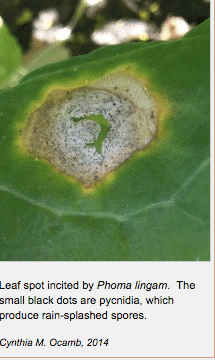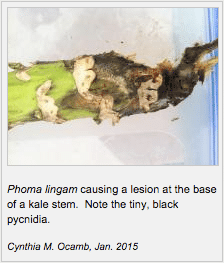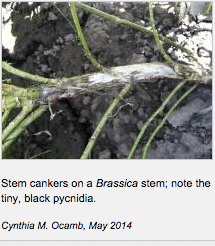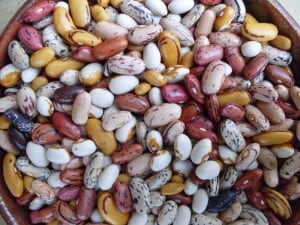Each year we publish a political essay in our paper catalog. This year the Sarah’s Soapbox was cut due to space constraints, so we’ve posted it here instead.
2019 was not an easy year to be a farmer in most of the country. Here was no exception.
Nearly every month in 2019 we had new examples of the effects of climate change in our local area, not to mention the world at large. At our farm in Sweet Home, Oregon, unusually heavy snowfall landed in late February, burying our fields in snow just as many overwintering crops were beginning to go to seed. The weight of the wet snow snapped some of these nascent seedheads right off (Brussels sprouts, mustards). Then the sun came out in the beginning of March long enough for fields to dry out and flowers to bloom. In April, severe river flooding led to a nearby contract seed grower’s field, that was full of seed crops, being submerged by six feet (!) of water. The following month we had to irrigate to finish prepping our spring beds because of lack of rain, unheard of in our usually wet springs. After a summer that never really heated up, nonstop rains fell most of September and we lost a few dry seeded crops because of it (dry beans, lettuce). Our first frost appeared in mid-September this year, and then in October, several weeks of deep freezes (22˚F) put an undeniable end to the growing season – the kind that row cover doesn’t help – and took a few more crops along with it (sorghum, some flowers). Here, in an area where we frequently don’t even get a mild frost until November.
It’s now mid- November as I write, and we haven’t had a drop of rain for three weeks. November, historically our wettest month of the year. I can only wonder what December, and beyond that 2020, will have in store.
Continue reading


